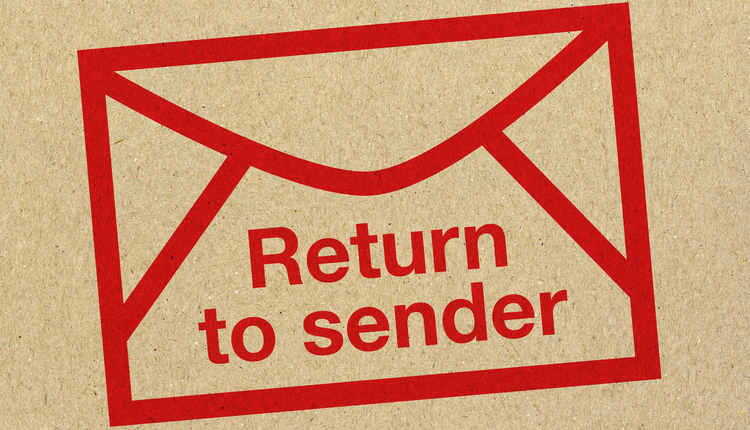Exponential growth in parcel shipping has packages pouring into overwhelmed mail centers, with staff short on time and space trying to find ways to cope. Manual logging of these deliveries in the mail center or at reception takes time and is dependent upon everyone following a proper procedure. Without a quick and reliable way to process packages, a flurry of new problems – from lost parcels to decreased employee productivity – can arise.
Growth in Parcel Volume and Carrier Mix
Over the past few years, global parcel volume has increased by 48%, rising to 65 billion parcels in 2016 from 44 billion parcels in 2014. And it doesn’t stop there. Growth is expected to continue to rise at a rate of 17-28% each year, between 2017 and 2021.
Just as parcel volume is expanding, so too is the carrier mix. Multiple deliveries arrive daily from national and international carriers, plus:
- Local, third-party couriers
- Regional carriers with smaller geographical coverage
- Specialty carriers
- Crowd-sourced logistics providers, who offer same-day delivery services
Meeting Expectations
Parcel contents can be time sensitive, temperature controlled, valuable, confidential, and regulated – variables that require close monitoring. And in all instances, expectations are high for prompt, accurate, accountable distribution, whether in an office, on a campus, or at an apartment complex.
For example, property management companies need to consider the resident working from home, awaiting the delivery of time-sensitive documents, or the grocery delivery that requires quick refrigeration.
In the university setting, incoming parcels can range from student care packages and online orders to important documents for administration, research samples and artifacts for faculty, and supplies and equipment deliveries for facilities. Student e-commerce habits are a significant factor. Currently, 77% of students make online purchases every month. As the number of students rise – the National Center for Education Statistics projects enrollment to grow 25% by 2025 – on-campus mail centers are struggling to keep up. Managing volume, space limitations, and campus-wide delivery can be burdensome.
Hospitals and healthcare networks can receive pharmaceuticals, medical supplies, medical devices and implants, and testing equipment throughout the day, some of which may be regulated and require chain-of-custody proof from carrier to final recipient.
Chain-of-custody is also critical for law firms, when client files, contracts, court filings, reports, evidence, and testimonies are exchanged. According to a recent UPS Association of Legal Administrators (ALA) Survey, the top priorities of firms are controlling costs, managing time, and streamlining operations. Many look to the mail center for solutions, including automated receiving and tracking technology. This can help establish chain-of-custody; support a secure, timely internal process; and create a consistent work flow.
Digital Transformation of Inbound Parcel Management
Managing today’s parcel volume with yesterday’s manual logs leaves organizations susceptible to lost-productivity expense and human error. Long lines at mail centers, lost packages, and delivery delays can rear their heads, leaving and effective inbound solution just out of reach.
A digital transformation of the receiving process, one that includes automated tracking technology, can streamline the work-flow, adding greater efficiency and accuracy.
A receiving application with an integrated barcode scanner enables users to instantly scan 1D and 2D package barcodes and automatically upload package information. Each barcode may contain important information about the package, including sender, recipient, carrier, tracking number, and delivery date. Plus, recipients can receive an email or text with notification a package has arrived. This means an accurate, searchable history of every package delivered to the office.
Receiving solutions also provide a real-time view of the internal delivery route. You can see who received what, when, and where. Plus, automated tracking can record the recipient’s signature, for end-to-end accountability.
Benefits of automated inbound tracking:
- Benefits of automated inbound tracking:
- More efficient, faster delivery
- Reduced labor cost from lost productivity
- Elimination of human error
- Immediate notification of package arrival
- Chain-of-custody documentation
- Internal visibility and accountability
Single Shipping Station
For many organizations, this tracking technology is just one element of a comprehensive inbound and outbound solution that integrates all of a business’s shipping needs. Swift tracking and delivery of inbound parcels is just as important as cost-efficiency and carrier selection for outbound pieces.
New cloud-based solutions unify digital technology with the physical aspects of shipping and receiving. Where a parcel management solution can help distribute hundreds of inbound letters, parcels, and packages each day, a mailing and shipping solution can easily process various mail sizes and weights and identify the best rate for outgoing pieces.
Finding the right solution for your business can reduce costs, create work efficiencies, provide real-time tracking and ensure accuracy.
Sean Kane is Director of Product Management, Office Shipping, Pitney Bowes.










![GettyImages-617745578-[Converted]](https://cms-static.wehaacdn.com/mailingsystemstechnology-com/images/GettyImages-617745578--Converted-.1013.widea.0.jpg)